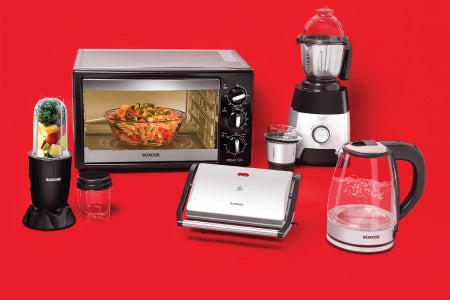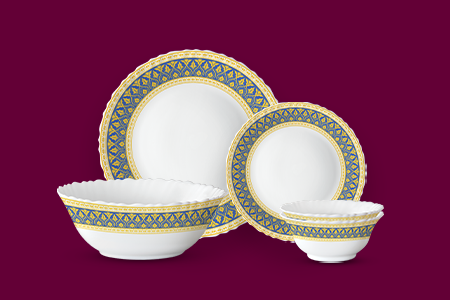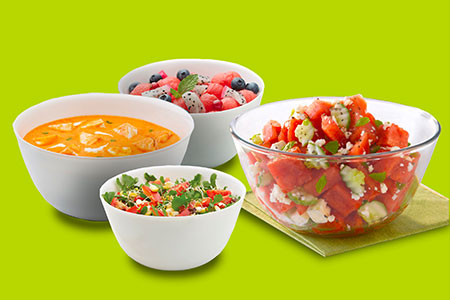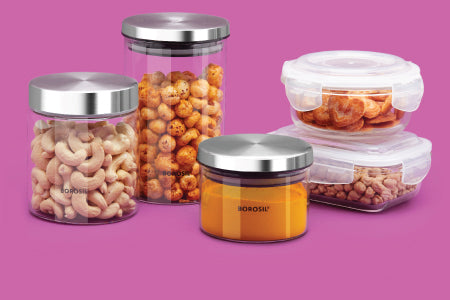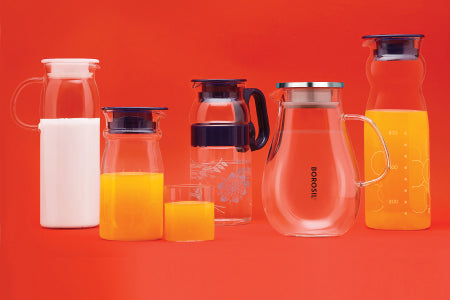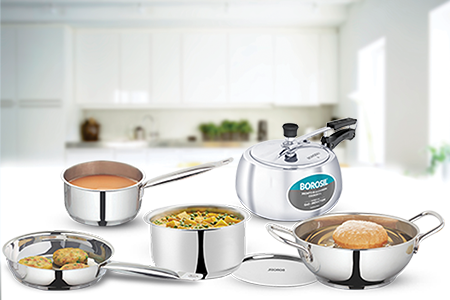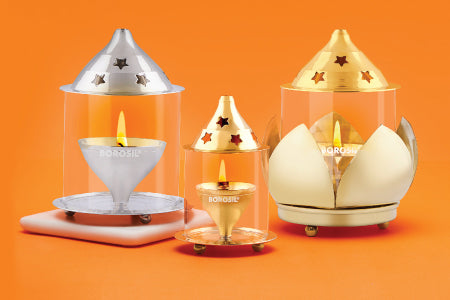
Dal Makhni Recipe
A Comprehensive Guide To The Most Fulfilling Dal Makhani Recipe
While ‘dal’ is a general term for dried lentils, beans and pulses, the traditional dal makhani recipe gives it an extraordinary twist. A popular Indian dish usually made with black Urad daal (black lentils) and Rajma (kidney beans). The recipe is a complete vibe, the perfect mood setter for grand celebrations, small get-togethers and cosy dinners at home. Are you interested in trying it all by yourself? Here is a compact guide to a rich, creamy and wholesomely fulfilling dal makhani recipe. This will help you win over everyone’s heart and mind at home!
Dal Makhni Ingredients
Cooking is an art! And with the base ingredients arranged in the right measurements at the kitchen counter, you will find it easy to make it all blend. Here is a list of the dal makhni ingredients you need to prepare a lip-smackingly delicious deal. The measurements mentioned will help you with 4 to 6 serves as mains.
- 200 g urad dal (unhulled and whole)
- 100 g Rajma
- 1 Cinnamon Stick (optional)
- 2 peeled and finely chopped onions (large)
- 20 g of fresh ginger (grated)
- 6 to 7 garlic cloves (peeled and grated)
- You can add 2 green chillis or more based on your personal taste
- 2 black cardamom pods (this can be optional as well)
- 75 g tomato puree
- 2 tablespoons of fenugreek leaves (dried)
- 150 ml of fresh creme
- In spices, take 1 tablespoon each of garam masala, ground coriander and ground cumin
- 5 tablespoons of ghee
- You can also choose fresh coriander for garnishing
How To Make Dal Makhni? A Step-By-Step Guide
The ideal time for cooking dal makhani is 45 minutes, but you should soak the urad dal overnight for that perfect outcome. Add all the daal (200 g) to a glass bowl, pour water, and close the lid for easy storage. Continue the same process with Rajma as well. Then, the next day, start with the step-by-step dal makhani recipe as enlisted.
- Step 1: Start by bringing the containers out of the fridge, drain the existing water and rinse them off with room temperature water. Mix the daal and the Rajma, add them in a saucepan, fill it 3/4th with water and put the container over the gas for the ingredients to boil. Simmer until the beans are soft and easily crushed against the pan side. This will take some time, 25 mins for the least.
- Step 2: After boiling the dal and the Rajma, remove the saucepan from the stove. It is now time to start with the ultimate cooking part. Put a frying pan (nonstick or regular) on the burner with medium flame. Add 4 tablespoons ghee to the hot pan. Then, pour the chopped onions and saute them until they are soft and golden.
- Step 3: Add green chillis, ginger and garlic and cook for another minute to two. Now, add all the dried spices minus the fenugreek leaves. Continue stirring all the added ingredients and let them blend.
- Step 4: Turn down the heat from medium to absolute low flame and add the tomato puree. Then, gradually, the cream and the fenugreek leaves. Get the boiled daal and rajma, and drain the water in a container for later use. Smash some of the daal and rajma using a spatula and transfer it into the frypan with the sauce.
- Step 5: Continue blending the mixture over low heat. Add some of the previously retained boiled water to the mixture to get the desired consistency. You can keep it soupy or dry it to a thick outcome.
- Step 6: Stir the mixture for 5 minutes and then switch off the gas. Transfer into anopal glass bowl and garnish with fresh coriander leaves. Enjoy!
What Are The Health Benefits Of Dal Makhani?
Here is a thorough review of what makes the dal makhani recipe a healthy choice for celebration days and occasional cheat meals.
- Rich In Fibre: Red kidney beans and black lentils are fibre-rich ingredients that help properly maintain digestive health. The fibre present eases bowel movement, eliminating constipation.
- High Protein: The whole black lentils that form the base ingredient of the dal makhani recipe are rich in protein. So, for those who are completely vegetarian, a full bowl of scrumptious dal makhani will serve with all the required protein contents that are otherwise available from fish, meat and eggs.
- Full of Healthy Fats: Cooking the dal with butter, ghee, or virgin olive oil introduces your body to good fat. This, in turn, leads to proper functioning of the brain, weight management and good hormone production.
- Mineral Conscious: Black lentils are a good iron, potassium and phosphorus source. You can trust iron with adequate production of red blood cells, phosphorus for bone health maintenance and potassium for blood pressure regulation. So, even if one is a diabetic patient or with a heart condition, one can still enjoy the recipe for special occasions.
Conclusion
Based on your dietary habits and personal health-related practices, you can adjust the recipe into a healthy and nutritious dish without compromising taste. When abiding by the traditional preparation style, but in a healthy way, use a low-fat milk cream in the same, and you are good to go. Overall, it is a wholesome meal, and be it any occasion, day or night, you will definitely feel better after having a full bowl of the special dal.
Frequently Asked Questions
- Does dal makhani contain onion or garlic?
In traditional dal makhni ingredients, people generally use onion and garlic. However, when you are cooking at home for your family, it entirely depends on whether you want to have the dal with onion and garlic or not.
- What are the best delicious sides to serve with dal makhani?
You can serve jeera rice, naan bread, kachori, tandoori chicken, cucumber raita, onion pakora, samosa, and lassi with dal makhani.
- Can vegans have dal makhani?
When you are a vegan, instead of ghee and cream, use olive oil, cashew cream and coconut milk in the recipe.

